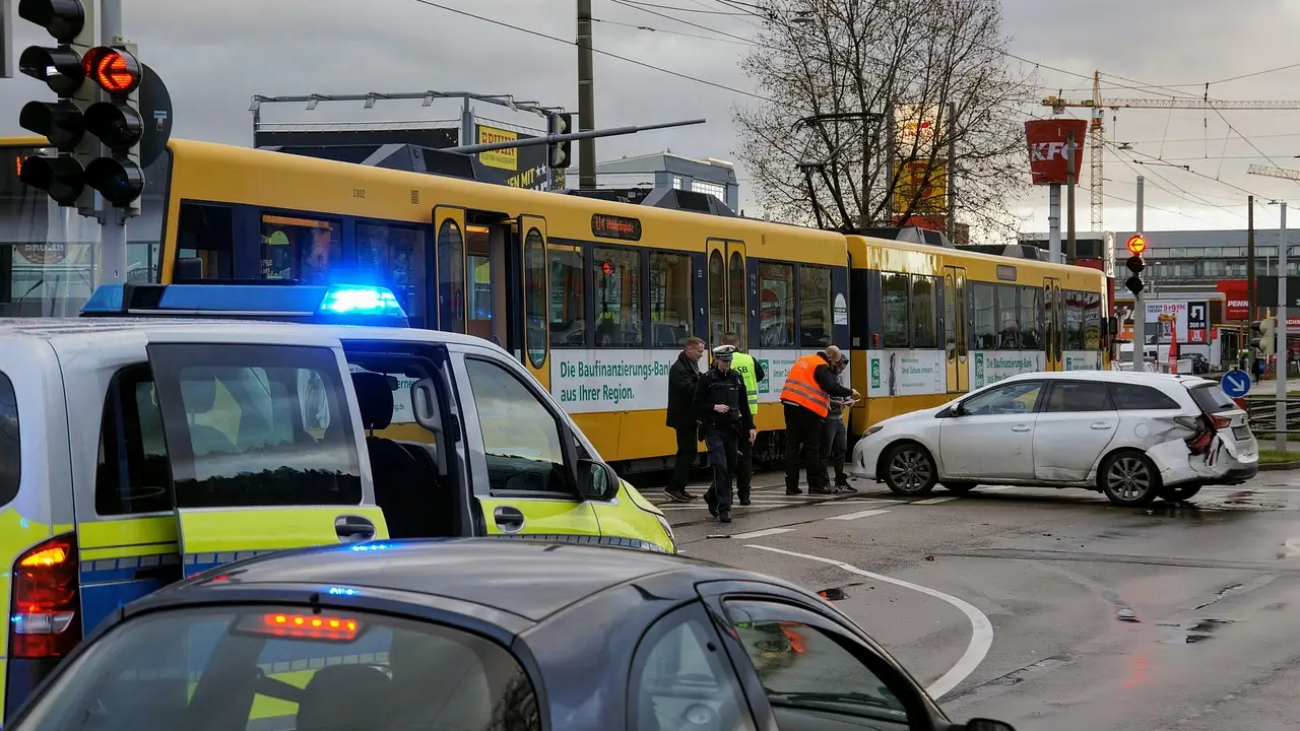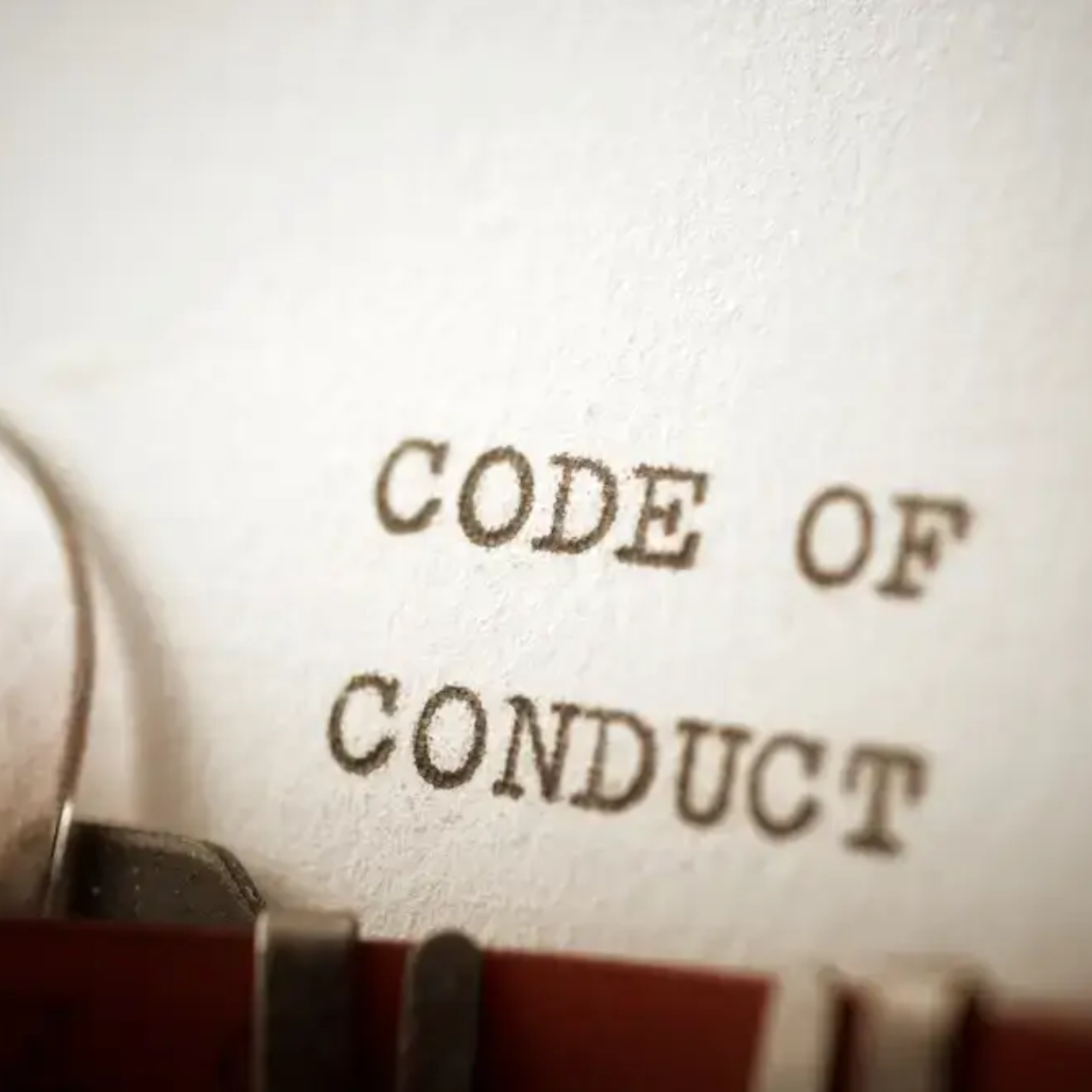Accidents can happen in a flash. One moment you’re driving, and the next you’re dealing with a damaged car, shaken nerves, and important decisions. In the United States, millions of drivers go through this every year. In 2022 alone, there were around 5.93 million police-reported crashes, leading to over 42,000 deaths and 2.38 million injuries.
This step-by-step guide is designed to help you stay calm, act smart, and know what to do after a vehicle accident, whether it’s a small fender bender or a serious crash.
No one wakes up expecting to be in a car accident, but having a basic understanding of what steps to take can make a difficult moment easier to handle. Panic, confusion, and uncertainty are natural, especially if you’re hurt or unsure who’s at fault. But with a clear action plan, you can protect your safety, your rights, and your finances.
Many drivers, especially new ones, aren’t fully aware of what needs to be done immediately after an accident. From calling emergency services to documenting the scene correctly, small steps can make a big difference. Knowing your responsibilities and having the right mindset can help you respond confidently when it matters most.
1. Move to Safety
Your first priority is to check yourself and others for injuries. If it’s safe to do so, move your car out of traffic to prevent further collisions. Turn on your hazard lights to alert other drivers. If the car can’t be moved, stay inside with your seatbelt fastened until help arrives, unless you are in danger (like if the vehicle is smoking or on fire).
2. Call 911 Immediately
Even if no one looks seriously hurt, call 911 to report the crash. Emergency responders will assess injuries and document the incident. In many states, reporting the accident is legally required if there is damage over a certain amount or if someone is injured.
This step is especially important in major collisions. In 2022, over 42,000 people lost their lives in motor vehicle crashes, and fast emergency response often saves lives.
3. Check for Injuries
After calling for help, check on everyone involved. If someone is unconscious, bleeding heavily, or appears seriously hurt, avoid moving them, wait for paramedics. If you or your passengers feel dizzy, confused, or in pain, mention it during the 911 call. Even minor accidents can lead to hidden injuries like concussions or internal trauma.
4. Stay Calm and Avoid Blame
It’s natural to feel emotional or angry after an accident, but staying calm will help you handle things better. Avoid blaming the other driver, and don’t admit fault. Stick to the facts and speak politely. Let the police and insurance companies determine what happened.
5. Document the Scene
Use your phone to take pictures of:
- All vehicles involved (from multiple angles)
- License plates
- Damage to vehicles
- Road signs, skid marks, and traffic lights
- Any injuries or visible hazards (like broken glass)
This documentation will help you later when you file a claim or need to explain what happened. Good photos are often stronger than memory.
6. Exchange Information
Swap details with the other driver(s), including:
- Full name and contact info
- Insurance company and policy number
- Driver’s license and license plate numbers
- Make, model, and color of their vehicle
If there are witnesses, ask for their names and contact details too. Their statement may be useful later, especially if there’s a dispute about what happened.
7. File a Police Report (If Required)
In many states, you’re required to file a police report for accidents involving injury, death, or significant property damage. The officer on the scene may handle this, but in minor accidents, you may need to visit the police department or go online to file a report.
If you’re not sure, check your state’s DMV website. In 2019, over 12 million vehicles were involved in crashes, and reporting rules vary by location, so it’s better to double-check than skip this step.
8. Seek Medical Attention
Even if you feel fine, it’s wise to visit a doctor soon after the accident. Some injuries, like whiplash or internal bruising, don’t show up right away. Getting checked also creates a medical record, which can help if you need to claim injury-related costs later.
Also, if you hit your head or feel stiffness, don’t ignore it. In many crashes, especially when seat belts aren’t worn, injuries can be serious. Sadly, in 2022, nearly half of all passenger vehicle occupant deaths involved people who were not wearing seat belts, even though seat belt use reached 91.6% that year.
9. Contact Your Insurance Company
Notify your insurance company as soon as possible. Give them the basic facts and let them guide you through the claim process. You may be asked to send in photos, a police report, or other documents. Be honest and clear in your report to avoid problems with the claim.
Keep in mind that if the other driver was at fault and uninsured, your policy may still help, depending on your coverage type. Ask your agent what your options are.
10. Be Aware of Alcohol-Related Dangers
If you suspect the other driver was under the influence, mention it to the police officer. Impaired driving is a major cause of traffic deaths. In 2020 alone, alcohol-impaired crashes caused about 11,654 deaths, nearly 30% of all traffic fatalities.
If you were hit by a drunk driver, your case may involve both criminal and civil penalties, and it’s best to talk to a legal professional.
Conclusion
Car accidents are stressful and sometimes life-changing. But by staying calm, knowing what steps to take, and acting quickly, you can protect yourself and others! Physically, legally, and financially. From calling 911 to documenting the scene, every action matters.
With millions of crashes happening every year, knowing how to respond puts you in a stronger, safer position. Take time now to prepare, so if the unexpected happens, you’ll know exactly what to do.





